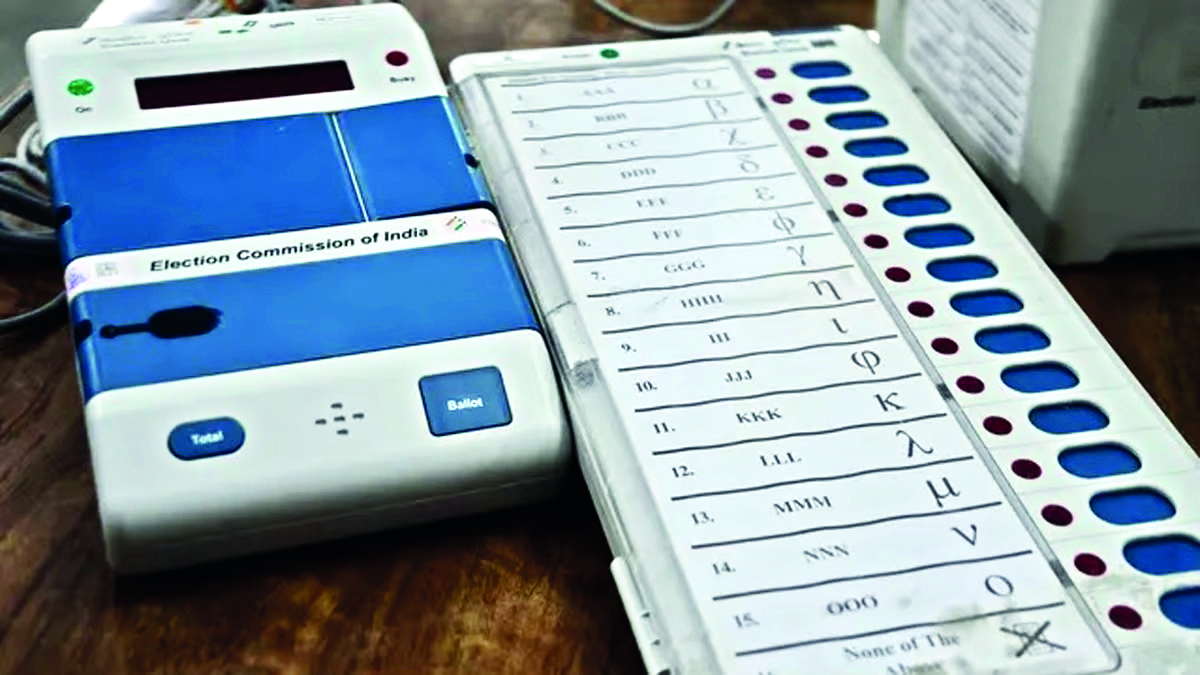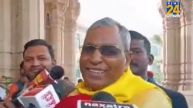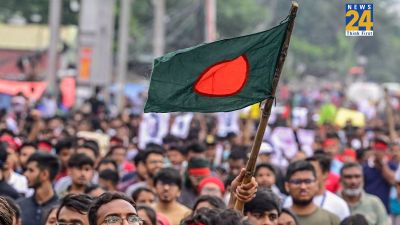As India gears up for the Lok Sabha election results, meticulous preparations are underway to ensure a smooth counting process. The counting of votes, scheduled for June 4, involves stringent security measures including CCTV surveillance and a three-layered security arrangement at counting centers.
The process begins with the counting of postal ballots as per the Conduct of Election Rules, 1961. Only those received before the counting starts will be considered. Following this, the counting of Electronic Voting Machine (EVM) votes commences after 30 minutes. Each counting center comprises 14 tables plus additional ones for the Returning Officer (RO) and observers, with candidates or their agents permitted to observe.
EVM votes are counted in rounds, with 14 EVMs per round. The results are recorded and verified with Form 17C before proceeding to the next round. If there’s no postal ballot, EVM counting can start immediately.
Also Read: Israeli Embassy Recommends Indian Beaches As Maldives Bans Travelers
Critical to this process is the verification of control units’ paper seals and matching the recorded votes with Form 17C. Results are noted on a blackboard and announced via loudspeaker, with no mobile phones allowed inside the counting hall.
In case of a tie between candidates, the winner is decided by a draw. Exit polls suggest a strong performance by the NDA, projecting them to secure a majority, while opposition parties prepare to challenge the results.
Also Read: Lok Sabha 2024 Elections Set New Record with 64 Crore Voters













